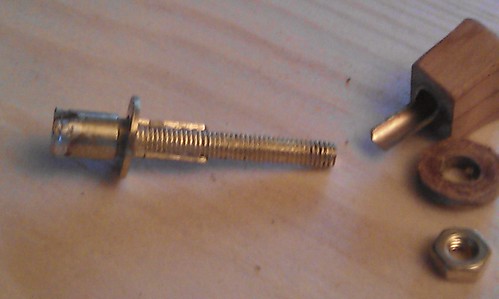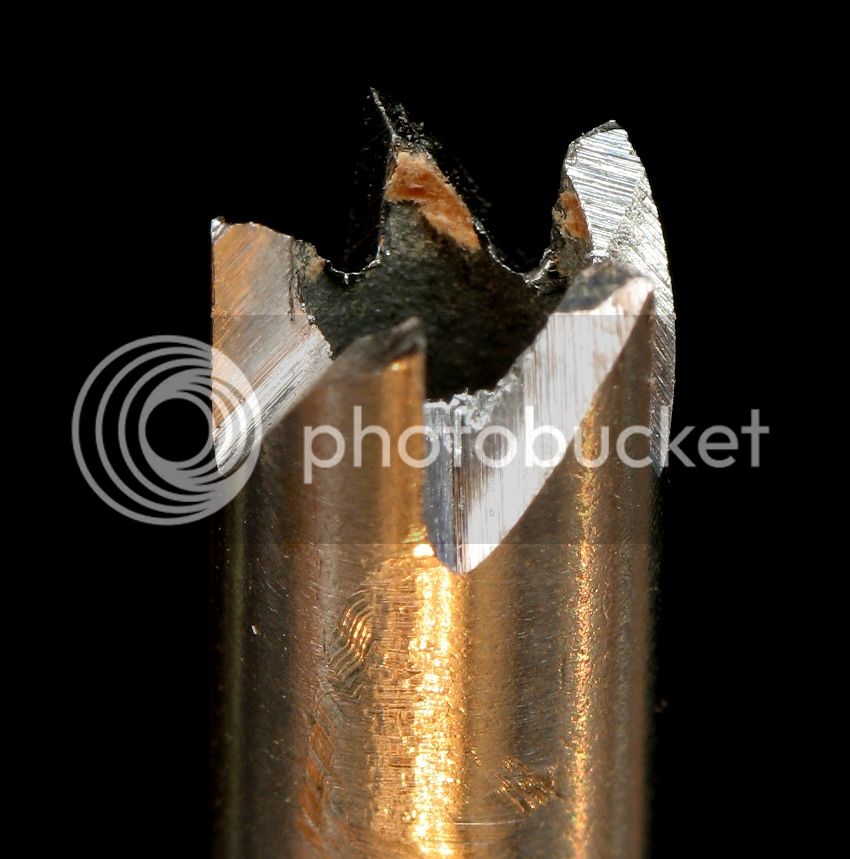bugbear
Established Member
I want to make a screw extracting tube drill, and matching plug cutter,
to fix a sheared off, tiny, screw.
(as per
https://woodworkersedge.wordpress.com/2 ... en-screws/
)
EDIT; you can even buy them new these days;
http://www.highlandwoodworking.com/set3 ... ctors.aspx
It occured to me that a telescopic aerial might be a plausible source
of thin walled metal tubing in a variety of sizes.
Does anyone know if they're brass, steel, or "other" ?
BugBear
to fix a sheared off, tiny, screw.
(as per
https://woodworkersedge.wordpress.com/2 ... en-screws/
)
EDIT; you can even buy them new these days;
http://www.highlandwoodworking.com/set3 ... ctors.aspx
It occured to me that a telescopic aerial might be a plausible source
of thin walled metal tubing in a variety of sizes.
Does anyone know if they're brass, steel, or "other" ?
BugBear


































